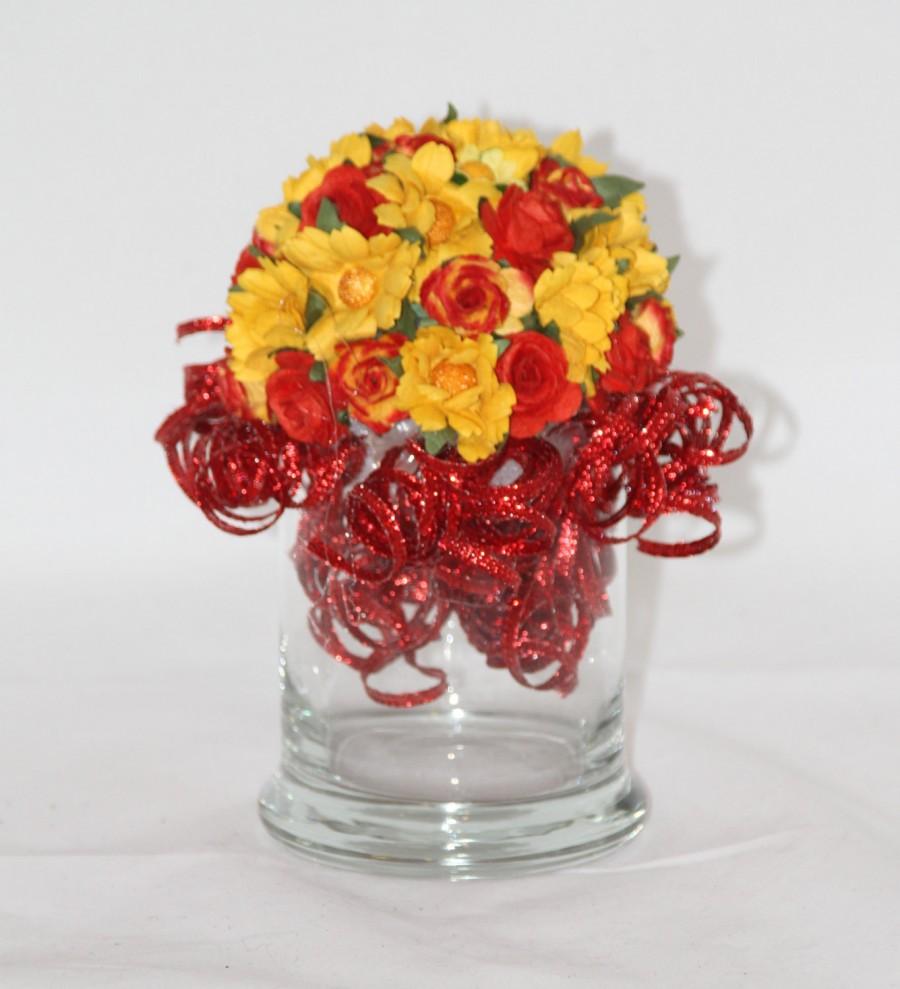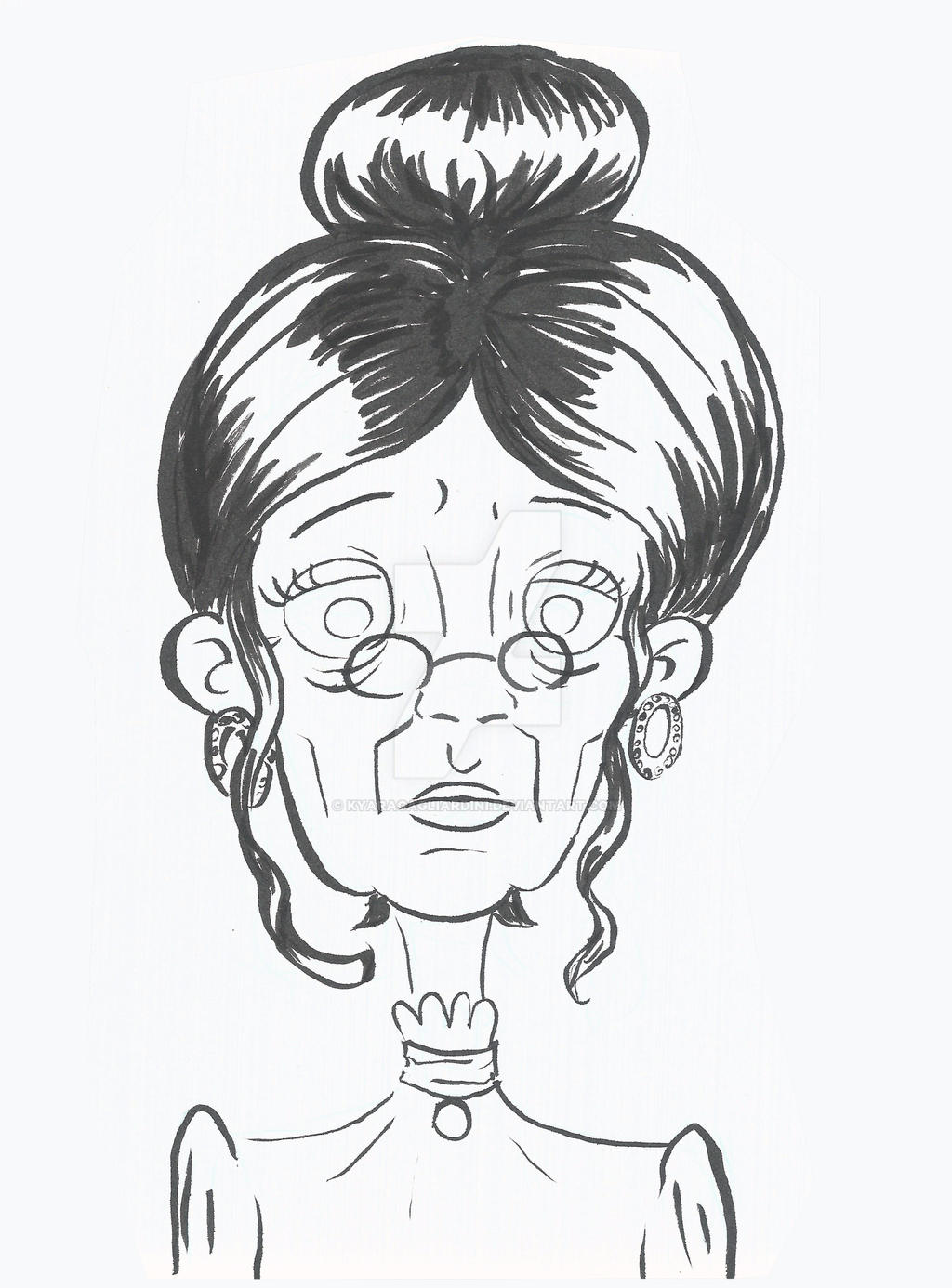"Betty was making paper flowers for the local carnival. 11 flowers had red in them, seven had yellow in them, and five had red and yellow in them. How many flowers did she make?"
The short answer (11+7+5 = 23) is incorrect; the point here is that the 11 flowers with red in them includes the five that had both red and yellow in them. Similarly, the seven yellow flowers includes the five that had red in as well.
The quickest way to solve this is with a Venn diagram - see below. Each circle contains the number of flowers of that colour, and the overlap shows the number of flowers which contain both red and yellow.
We know that there are five flowers which have both colours in them, so we can write 5 in the intersection (overlap) point of the two circles. We also know that the red circle in total must contain 11 flowers, so the area outside the overlapping section is 11-5. Finally, for the yellow the circle, the total needs be 7.
And hence the total is 13. The initial "23" (11+7+5) counts the overlapped area twice more than it should be (i.e. it's counted as a red flower, a yellow flower and as a red-and-yellow flower). By drawing out a simple Venn diagram, it's easy to see what the correct solution is.






